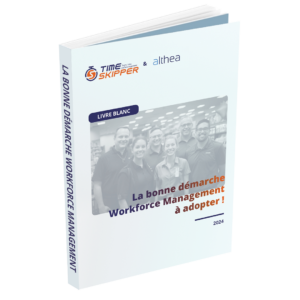
Activity peaks: the turnkey solution to keep them under control
L’hypermarché présente un éventail relativement dense de batailles à mener, pour gagner le combat de sa restructuration. Depuis quelques années une problématique supplémentaire s’est invitée, histoire de corser un peu la situation : la difficulté à recruter et à fidéliser les collaborateurs. Quelles en sont les raisons et les impacts, et comment enrayer l’exode des collaborateurs ?





